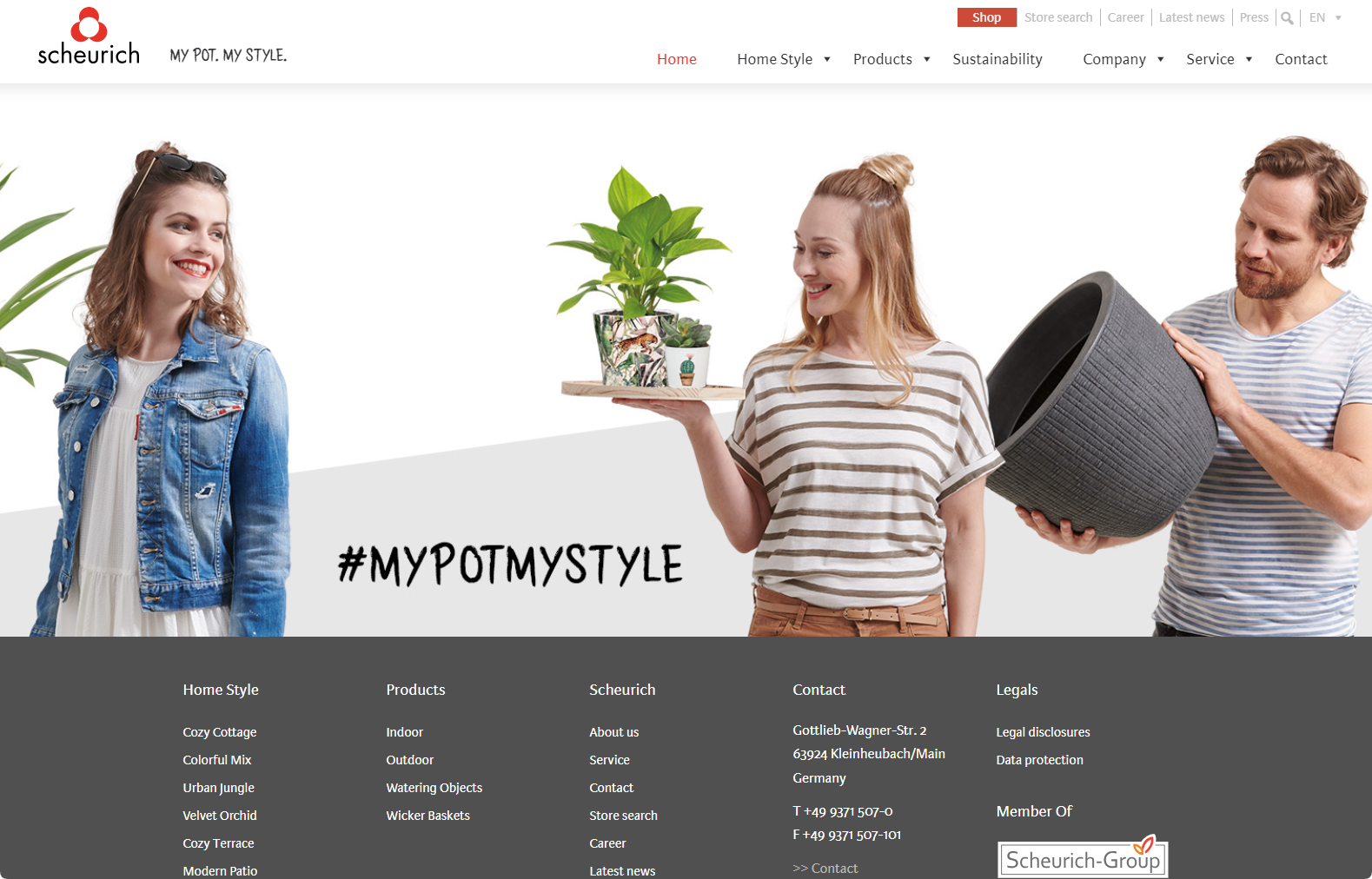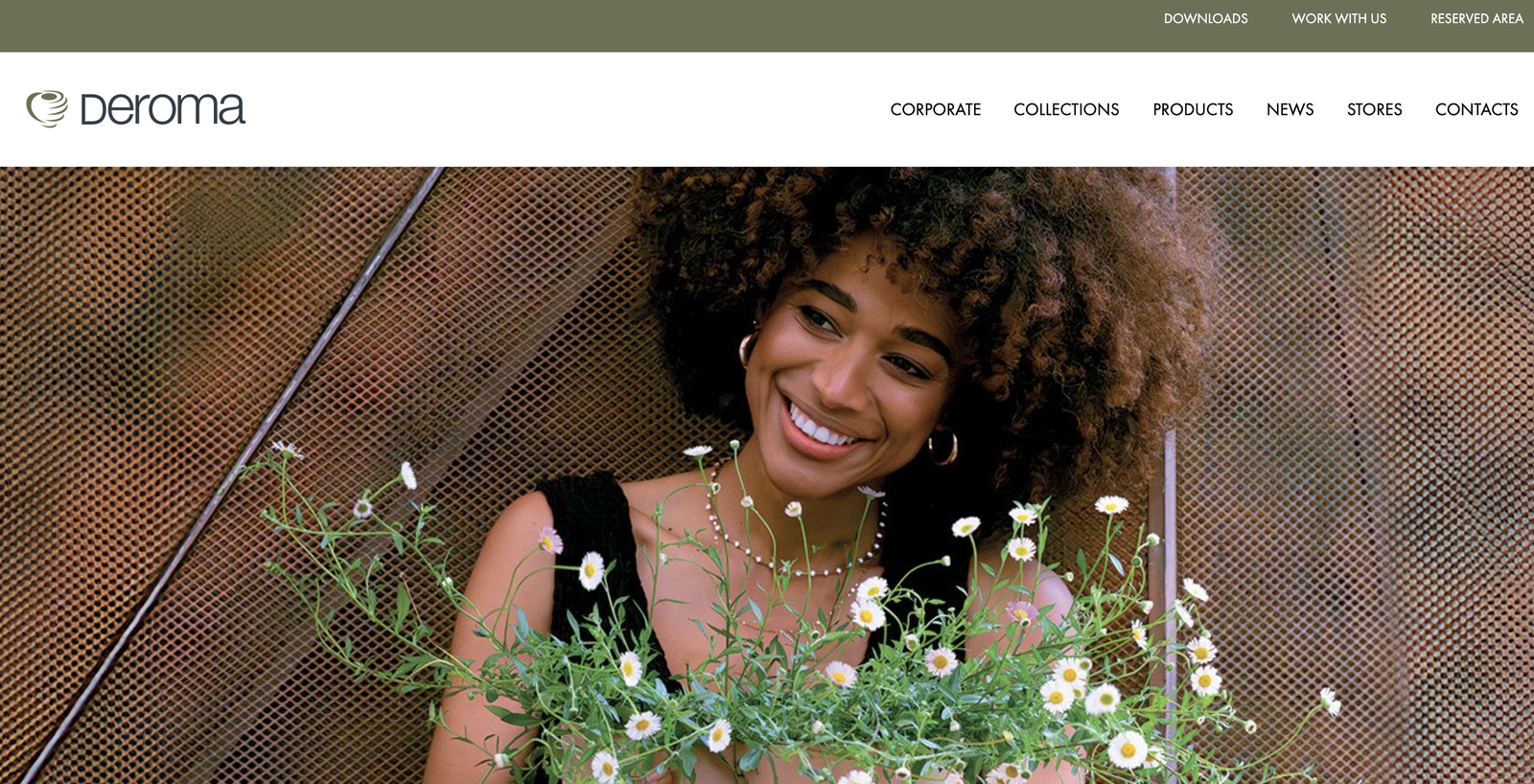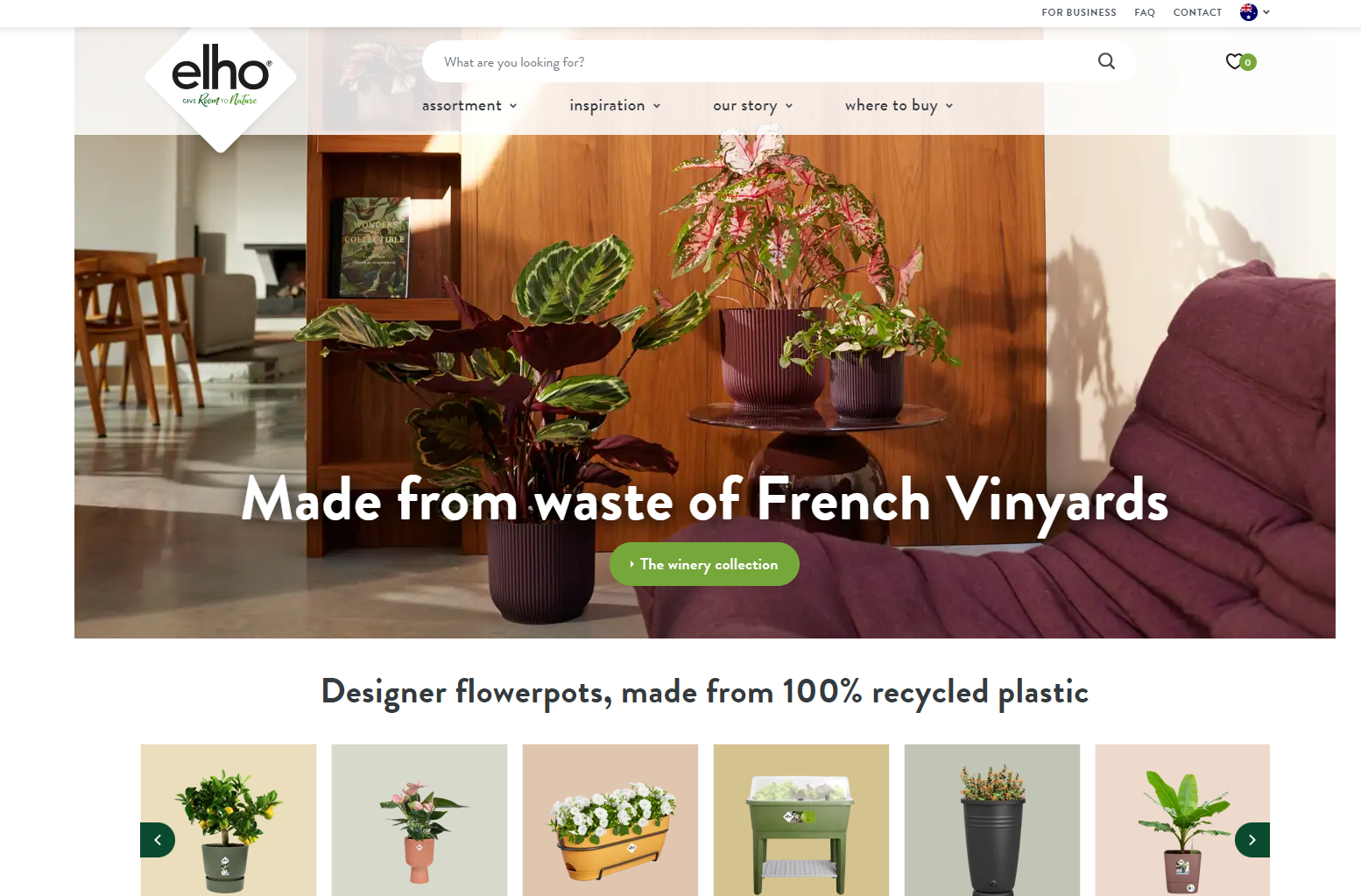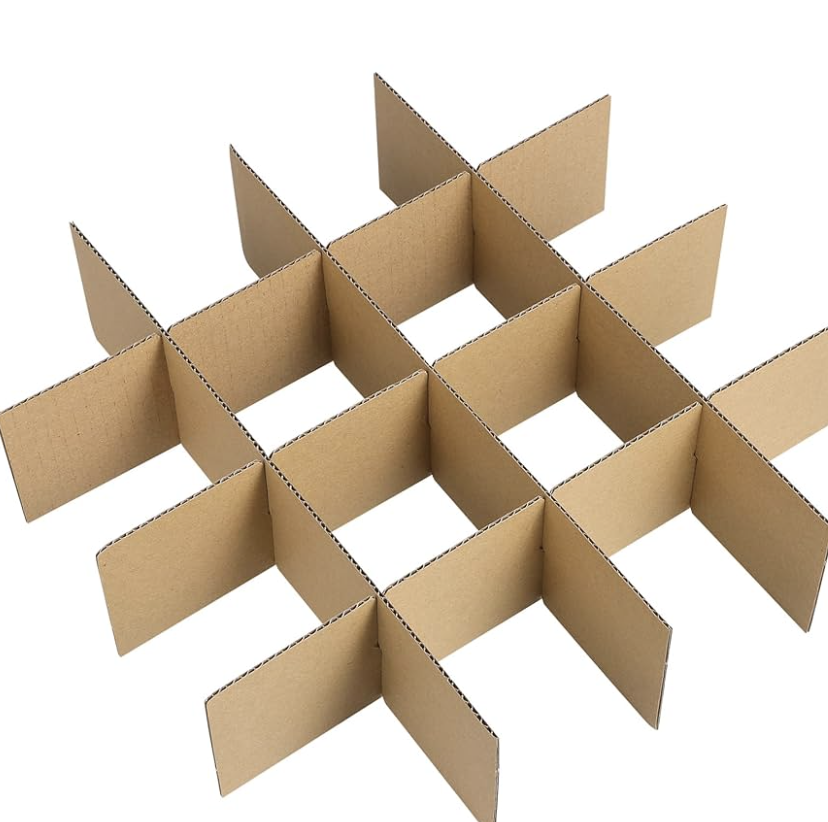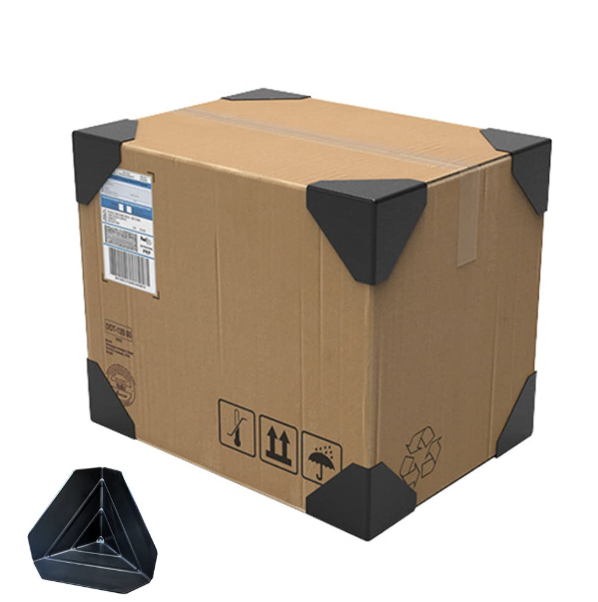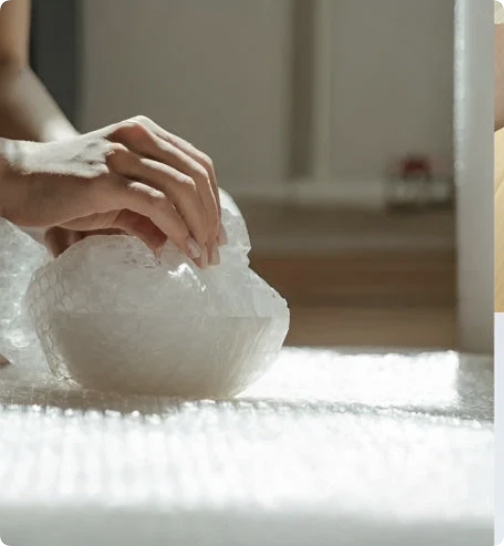Exporting ceramic plant pots to the European Union isn’t just about offering beautiful and functional products—it’s also about ensuring your pots arrive safely and comply with strict regulations. As breakable items with both decorative and utilitarian value, ceramic pots require thoughtful packaging to minimize damage, satisfy importers, and support sustainability goals across the EU.
In this guide, we’ll walk you through the best practices of packaging ceramic plant pots for EU export, including industry packaging standards, sustainable expectations, and what global garden brands are doing right.
Why Packaging Matters More for the EU Market
European buyers care deeply about product safety, sustainability, and presentation. Whether you’re shipping to premium garden centers in Germany or fulfilling bulk orders for e-commerce retailers in France, how your pots are packaged can determine if you receive repeat orders—or refund requests.
Unlike domestic shipments, export packaging must protect against long-haul transport risks: multi-modal loading, vibration, compression, humidity, and EU customs inspections. Failing to meet EU packaging compliance (like labeling or recyclability standards) can also result in clearance delays or even fines.
For detailed information on packaging regulations, it’s worth consulting the European Commission’s Packaging and Packaging Waste Directive, which sets the framework for sustainable packaging requirements across the EU.
5 Leading European Garden Brands and Their Packaging Strategies
To better understand the expectations, let’s look at how five major European brands approach packaging when sourcing ceramic planters globally:
| Brand | Country | Notable Packaging Features | Key Product Focus |
|---|---|---|---|
| Scheurich | Germany | Fully recyclable cardboard with printed care icons and anti-friction inserts | Modern indoor plant pots |
| Elho | Netherlands | 100% climate-neutral packaging, barcode visibility, lightweight stacking | Eco-focused plastic and ceramic blends |
| Bergs Potter | Denmark | Individually wrapped in paper pulp trays, hand-inspected before shipping | Traditional terracotta ceramics |
| Des Pots | France | Decorative sleeve packaging, clear branding, shrink-wrapped outer cartons | Boutique ceramic pots for florists |
| Deroma | Italy | Palletized for garden centers, uses breathable packaging for moisture-sensitive products | Mediterranean-inspired planter designs |
Each of these brands takes export packaging seriously—not just to protect products, but to enhance customer satisfaction and reflect environmental values.
Key Packaging Requirements for Ceramic Pot Export to the EU
To succeed in exporting ceramic pots to Europe, follow these five essential packaging practices:
1. Inner Protection is Everything
Ceramic planters are prone to chipping and cracking. Use multi-layer inner protection:
- Bubble wrap or foam padding around each pot
- Cardboard dividers for nested or stacked pots
- Corner protectors for larger or oddly-shaped pots
While bubble wrap is still commonly used, more EU buyers now prefer biodegradable alternatives in line with sustainability trends, which you can learn more about at Packaging Europe.
2. Carton Strength and Labeling
Choose 5-ply corrugated boxes for maximum compression resistance. Clearly print:
- Product descriptions and EAN/GTIN barcodes
- “Fragile” handling icons
- Country of origin and CE markings (if required)
For Amazon sellers exporting to EU marketplaces, make sure your packaging complies with Amazon’s official packaging requirements to avoid delays or returns.
3. Palletization and Load Stability
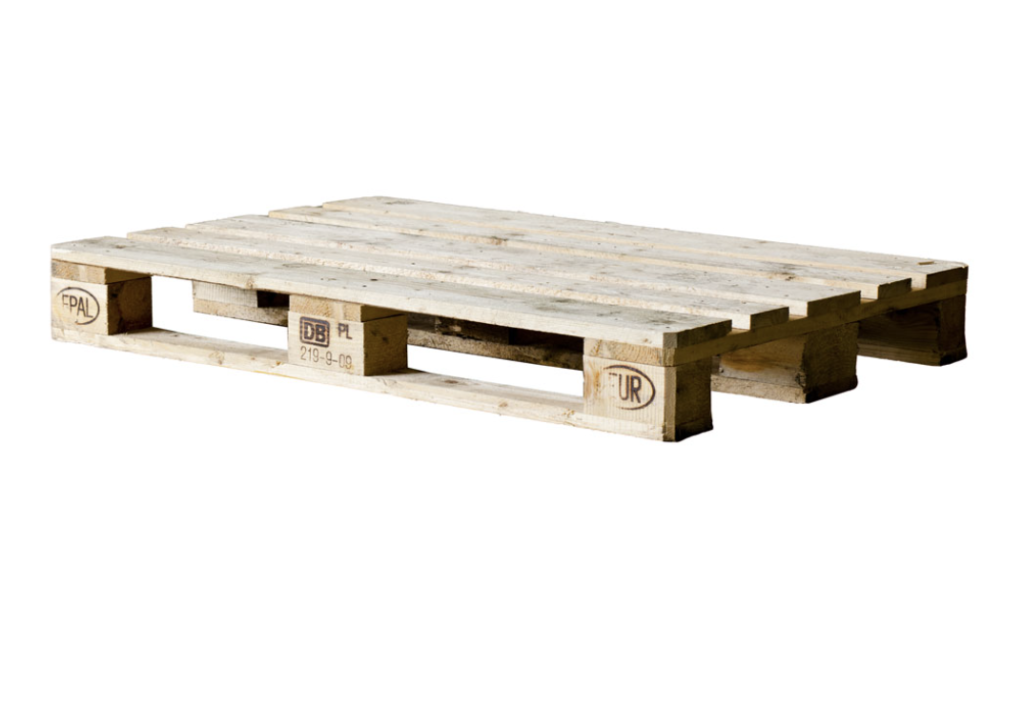
For container loads:
- Stack cartons on fumigated wooden pallets
- Use stretch film and strapping to prevent shifting
- Respect EU pallet dimensions (Euro-pallet: 1200mm × 800mm)
The main European pallet standards are governed by the European Pallet Association (EPAL), ensuring your pallets meet safety and environmental criteria.
4. Moisture and Humidity Protection
If exporting during monsoon or sea routes prone to condensation:
- Include desiccant packs inside cartons
- Line shipping containers with moisture barrier film
5. Sustainable Packaging Compliance
EU consumers and retailers expect eco-conscious choices:
- Use recyclable or biodegradable packing materials
- Avoid polystyrene
- Comply with EU Packaging and Packaging Waste Directive (94/62/EC) as explained by the European Commission.
Comparison Table: Packaging Approaches for Different Shipment Types
| Shipment Type | Inner Packaging | Outer Packaging | Palletization | Sustainability Focus |
|---|---|---|---|---|
| Small E-commerce Orders | Foam sleeves + box-in-box | Branded shipping box | Not palletized | Compostable filler preferred |
| Bulk Retail Orders | Divider trays + bubble wrap | 5-ply brown carton | Euro-pallet | Recyclable cardboard, no plastic tape |
| Custom OEM Orders | Molded pulp inserts | Labeled export cartons | Custom skid | Tailored to client needs |
| Sample Shipments | Thick foam wrap | Reinforced small box | None | Minimum packaging waste |
| Garden Center Containers | Nested with protection | Shrink-wrapped by layer | Full pallet with stretch film | Reusable pallet wraps encouraged |
What Are EU Importers Looking For in Packaging?
Buyers in the EU—especially from countries like Germany, the Netherlands, and Sweden—expect the following when sourcing ceramic plant pots wholesale:
- No damage rate exceeding 2% upon delivery
- Easy-to-open but secure cartons
- Sustainability declaration or plastic-free note
- Clear product labeling in multiple EU languages
- Instructions for recycling or reusing packaging
Delivering on these expectations isn’t just about compliance—it builds trust and long-term partnerships.
For reducing breakage and ensuring export packaging effectiveness, many exporters follow guidelines from the International Safe Transit Association (ISTA), which offers global standards for transit testing.
Additional Tips to Reduce Breakage and Increase Buyer Satisfaction
- Test packaging before mass export with drop tests and simulated vibration. ISTA certification is highly recommended.
- Offer custom packaging options (e.g., gift boxes or POS display-ready cartons) for premium retailers.
- Include thank-you cards or brand insert leaflets inside boxes for better unboxing experience.
FAQ: People Also Ask
Q1: Do ceramic plant pots need CE certification for the EU?
A: No, ceramic pots typically don’t require CE marking unless they include electronic components (like self-watering systems). But labeling country of origin is required.
Q2: Can I use plastic bubble wrap when exporting to the EU?
A: Yes, but EU buyers increasingly prefer biodegradable alternatives. Try compostable wraps or molded paper pulp for sustainable appeal.
Q3: How do I prevent mold or moisture damage during shipping?
A: Use desiccant packs, ventilated cartons, and avoid storing in humid warehouses before shipment. Consider moisture indicator cards.
Q4: What packaging sizes are preferred by European importers?
A: Compact, stackable cartons that maximize container use. Most prefer carton sizes that fit two rows on Euro pallets.
Q5: How should ceramic planters be packaged for Amazon FBA EU?
A: Ensure compliance with Amazon’s Prep and Packaging Requirements—this includes scannable barcodes, individual wrapping, and drop-test resistant cartons.
Final Thoughts
Exporting ceramic plant pots to the EU is more than loading up containers—it’s about delivering quality, responsibility, and reliability. Packaging plays a central role in protecting your product, your reputation, and your relationships with European partners.
If you’re a gardenware brand, e-commerce retailer, or giftware supplier looking to develop your own ceramic planter line with tailored packaging and labeling, Hale can help. As a ceramic plant pot, vase, and home décor manufacturer based in China, we provide full OEM and ODM services, including sustainable export-ready packaging solutions trusted by global garden brands.

